Chen-Chia Chang
CROP: Circuit Retrieval and Optimization with Parameter Guidance using LLMs
Jul 02, 2025Abstract:Modern very large-scale integration (VLSI) design requires the implementation of integrated circuits using electronic design automation (EDA) tools. Due to the complexity of EDA algorithms, the vast parameter space poses a huge challenge to chip design optimization, as the combination of even moderate numbers of parameters creates an enormous solution space to explore. Manual parameter selection remains industrial practice despite being excessively laborious and limited by expert experience. To address this issue, we present CROP, the first large language model (LLM)-powered automatic VLSI design flow tuning framework. Our approach includes: (1) a scalable methodology for transforming RTL source code into dense vector representations, (2) an embedding-based retrieval system for matching designs with semantically similar circuits, and (3) a retrieval-augmented generation (RAG)-enhanced LLM-guided parameter search system that constrains the search process with prior knowledge from similar designs. Experiment results demonstrate CROP's ability to achieve superior quality-of-results (QoR) with fewer iterations than existing approaches on industrial designs, including a 9.9% reduction in power consumption.
LaMAGIC2: Advanced Circuit Formulations for Language Model-Based Analog Topology Generation
Jun 11, 2025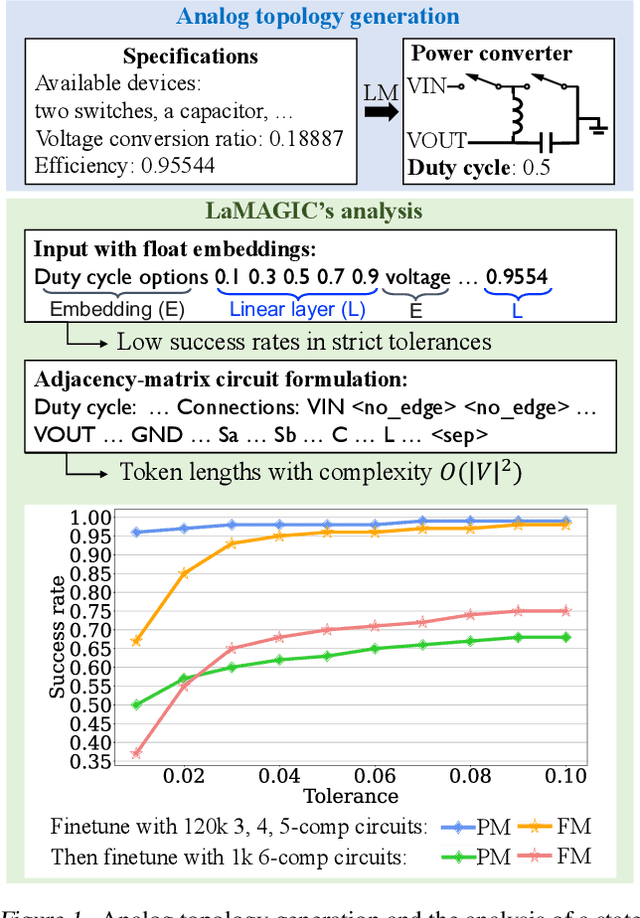

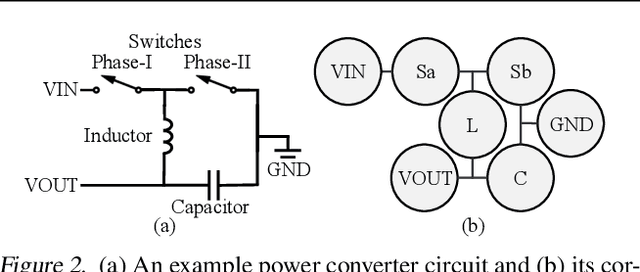

Abstract:Automation of analog topology design is crucial due to customized requirements of modern applications with heavily manual engineering efforts. The state-of-the-art work applies a sequence-to-sequence approach and supervised finetuning on language models to generate topologies given user specifications. However, its circuit formulation is inefficient due to O(|V |2) token length and suffers from low precision sensitivity to numeric inputs. In this work, we introduce LaMAGIC2, a succinct float-input canonical formulation with identifier (SFCI) for language model-based analog topology generation. SFCI addresses these challenges by improving component-type recognition through identifier-based representations, reducing token length complexity to O(|V |), and enhancing numeric precision sensitivity for better performance under tight tolerances. Our experiments demonstrate that LaMAGIC2 achieves 34% higher success rates under a tight tolerance of 0.01 and 10X lower MSEs compared to a prior method. LaMAGIC2 also exhibits better transferability for circuits with more vertices with up to 58.5% improvement. These advancements establish LaMAGIC2 as a robust framework for analog topology generation.
A Survey of Research in Large Language Models for Electronic Design Automation
Jan 16, 2025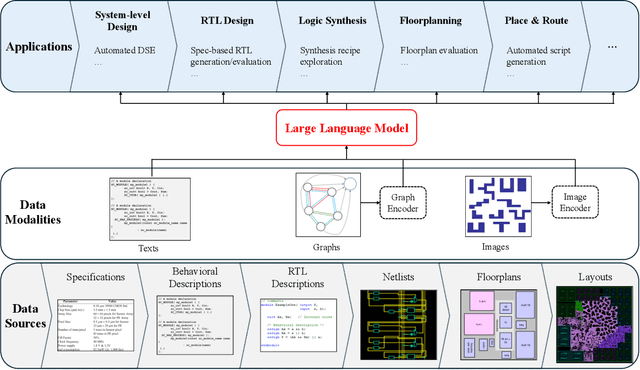
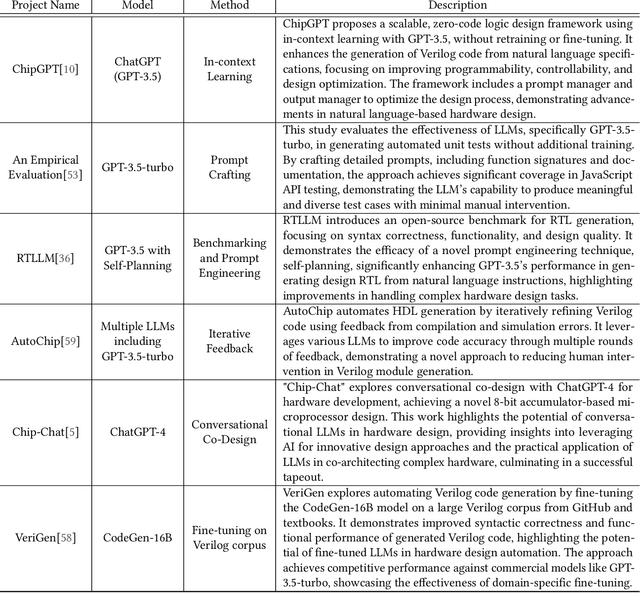
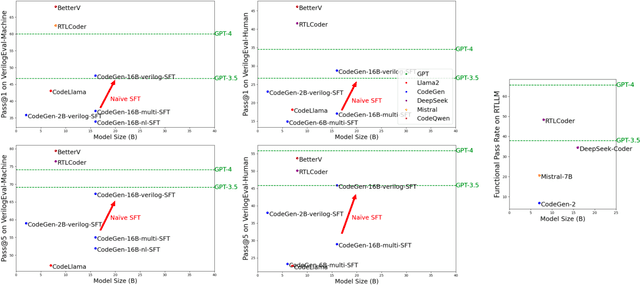
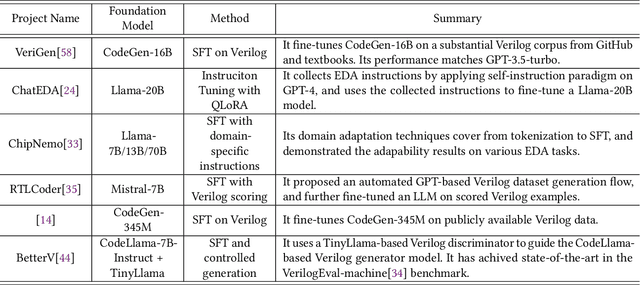
Abstract:Within the rapidly evolving domain of Electronic Design Automation (EDA), Large Language Models (LLMs) have emerged as transformative technologies, offering unprecedented capabilities for optimizing and automating various aspects of electronic design. This survey provides a comprehensive exploration of LLM applications in EDA, focusing on advancements in model architectures, the implications of varying model sizes, and innovative customization techniques that enable tailored analytical insights. By examining the intersection of LLM capabilities and EDA requirements, the paper highlights the significant impact these models have on extracting nuanced understandings from complex datasets. Furthermore, it addresses the challenges and opportunities in integrating LLMs into EDA workflows, paving the way for future research and application in this dynamic field. Through this detailed analysis, the survey aims to offer valuable insights to professionals in the EDA industry, AI researchers, and anyone interested in the convergence of advanced AI technologies and electronic design.
DRC-Coder: Automated DRC Checker Code Generation Using LLM Autonomous Agent
Nov 28, 2024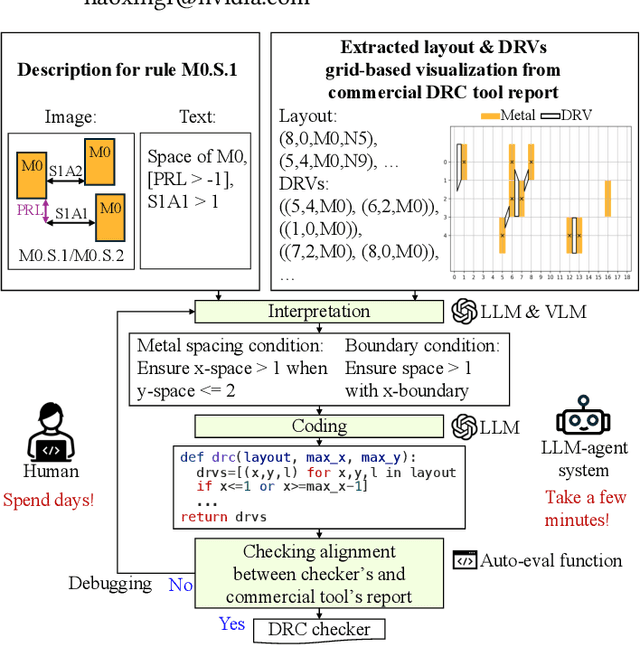

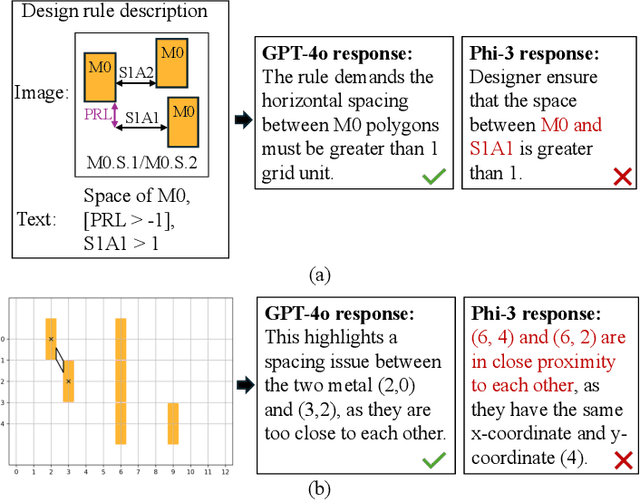
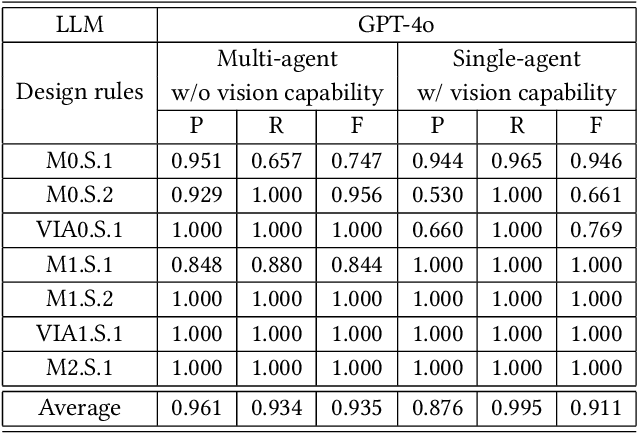
Abstract:In the advanced technology nodes, the integrated design rule checker (DRC) is often utilized in place and route tools for fast optimization loops for power-performance-area. Implementing integrated DRC checkers to meet the standard of commercial DRC tools demands extensive human expertise to interpret foundry specifications, analyze layouts, and debug code iteratively. However, this labor-intensive process, requiring to be repeated by every update of technology nodes, prolongs the turnaround time of designing circuits. In this paper, we present DRC-Coder, a multi-agent framework with vision capabilities for automated DRC code generation. By incorporating vision language models and large language models (LLM), DRC-Coder can effectively process textual, visual, and layout information to perform rule interpretation and coding by two specialized LLMs. We also design an auto-evaluation function for LLMs to enable DRC code debugging. Experimental results show that targeting on a sub-3nm technology node for a state-of-the-art standard cell layout tool, DRC-Coder achieves perfect F1 score 1.000 in generating DRC codes for meeting the standard of a commercial DRC tool, highly outperforming standard prompting techniques (F1=0.631). DRC-Coder can generate code for each design rule within four minutes on average, which significantly accelerates technology advancement and reduces engineering costs.
Improving Routability Prediction via NAS Using a Smooth One-shot Augmented Predictor
Nov 21, 2024



Abstract:Routability optimization in modern EDA tools has benefited greatly from using machine learning (ML) models. Constructing and optimizing the performance of ML models continues to be a challenge. Neural Architecture Search (NAS) serves as a tool to aid in the construction and improvement of these models. Traditional NAS techniques struggle to perform well on routability prediction as a result of two primary factors. First, the separation between the training objective and the search objective adds noise to the NAS process. Secondly, the increased variance of the search objective further complicates performing NAS. We craft a novel NAS technique, coined SOAP-NAS, to address these challenges through novel data augmentation techniques and a novel combination of one-shot and predictor-based NAS. Results show that our technique outperforms existing solutions by 40% closer to the ideal performance measured by ROC-AUC (area under the receiver operating characteristic curve) in DRC hotspot detection. SOAPNet is able to achieve an ROC-AUC of 0.9802 and a query time of only 0.461 ms.
LaMAGIC: Language-Model-based Topology Generation for Analog Integrated Circuits
Jul 19, 2024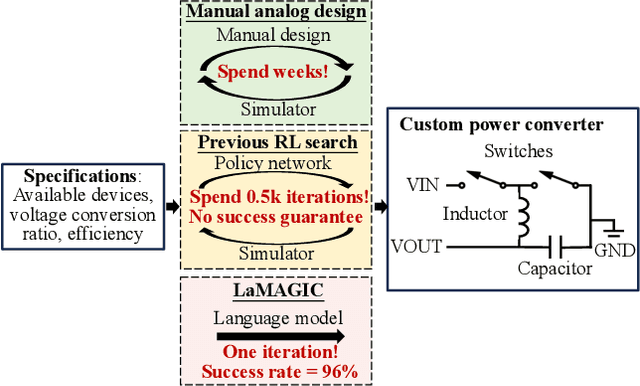
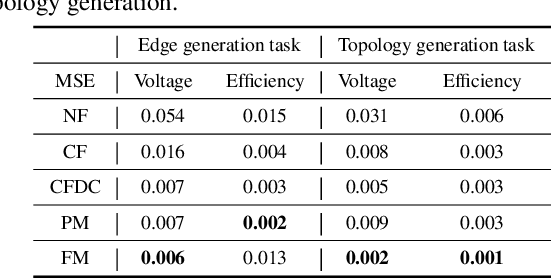
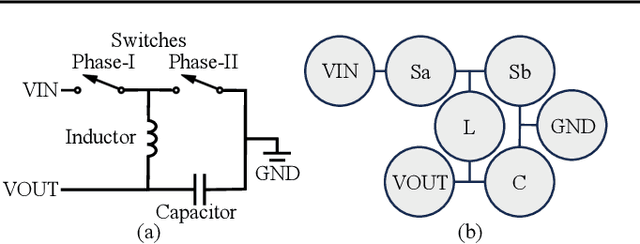

Abstract:In the realm of electronic and electrical engineering, automation of analog circuit is increasingly vital given the complexity and customized requirements of modern applications. However, existing methods only develop search-based algorithms that require many simulation iterations to design a custom circuit topology, which is usually a time-consuming process. To this end, we introduce LaMAGIC, a pioneering language model-based topology generation model that leverages supervised finetuning for automated analog circuit design. LaMAGIC can efficiently generate an optimized circuit design from the custom specification in a single pass. Our approach involves a meticulous development and analysis of various input and output formulations for circuit. These formulations can ensure canonical representations of circuits and align with the autoregressive nature of LMs to effectively addressing the challenges of representing analog circuits as graphs. The experimental results show that LaMAGIC achieves a success rate of up to 96\% under a strict tolerance of 0.01. We also examine the scalability and adaptability of LaMAGIC, specifically testing its performance on more complex circuits. Our findings reveal the enhanced effectiveness of our adjacency matrix-based circuit formulation with floating-point input, suggesting its suitability for handling intricate circuit designs. This research not only demonstrates the potential of language models in graph generation, but also builds a foundational framework for future explorations in automated analog circuit design.
PANDA: Architecture-Level Power Evaluation by Unifying Analytical and Machine Learning Solutions
Dec 14, 2023Abstract:Power efficiency is a critical design objective in modern microprocessor design. To evaluate the impact of architectural-level design decisions, an accurate yet efficient architecture-level power model is desired. However, widely adopted data-independent analytical power models like McPAT and Wattch have been criticized for their unreliable accuracy. While some machine learning (ML) methods have been proposed for architecture-level power modeling, they rely on sufficient known designs for training and perform poorly when the number of available designs is limited, which is typically the case in realistic scenarios. In this work, we derive a general formulation that unifies existing architecture-level power models. Based on the formulation, we propose PANDA, an innovative architecture-level solution that combines the advantages of analytical and ML power models. It achieves unprecedented high accuracy on unknown new designs even when there are very limited designs for training, which is a common challenge in practice. Besides being an excellent power model, it can predict area, performance, and energy accurately. PANDA further supports power prediction for unknown new technology nodes. In our experiments, besides validating the superior performance and the wide range of functionalities of PANDA, we also propose an application scenario, where PANDA proves to identify high-performance design configurations given a power constraint.
EDALearn: A Comprehensive RTL-to-Signoff EDA Benchmark for Democratized and Reproducible ML for EDA Research
Dec 04, 2023Abstract:The application of Machine Learning (ML) in Electronic Design Automation (EDA) for Very Large-Scale Integration (VLSI) design has garnered significant research attention. Despite the requirement for extensive datasets to build effective ML models, most studies are limited to smaller, internally generated datasets due to the lack of comprehensive public resources. In response, we introduce EDALearn, the first holistic, open-source benchmark suite specifically for ML tasks in EDA. This benchmark suite presents an end-to-end flow from synthesis to physical implementation, enriching data collection across various stages. It fosters reproducibility and promotes research into ML transferability across different technology nodes. Accommodating a wide range of VLSI design instances and sizes, our benchmark aptly represents the complexity of contemporary VLSI designs. Additionally, we provide an in-depth data analysis, enabling users to fully comprehend the attributes and distribution of our data, which is essential for creating efficient ML models. Our contributions aim to encourage further advances in the ML-EDA domain.
Towards Collaborative Intelligence: Routability Estimation based on Decentralized Private Data
Mar 30, 2022
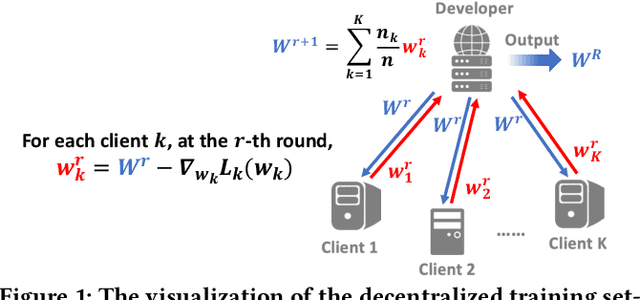

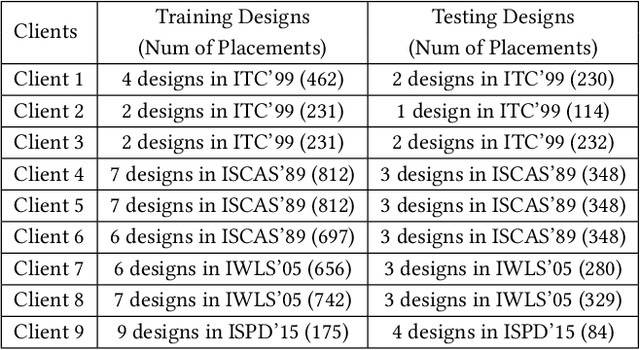
Abstract:Applying machine learning (ML) in design flow is a popular trend in EDA with various applications from design quality predictions to optimizations. Despite its promise, which has been demonstrated in both academic researches and industrial tools, its effectiveness largely hinges on the availability of a large amount of high-quality training data. In reality, EDA developers have very limited access to the latest design data, which is owned by design companies and mostly confidential. Although one can commission ML model training to a design company, the data of a single company might be still inadequate or biased, especially for small companies. Such data availability problem is becoming the limiting constraint on future growth of ML for chip design. In this work, we propose an Federated-Learning based approach for well-studied ML applications in EDA. Our approach allows an ML model to be collaboratively trained with data from multiple clients but without explicit access to the data for respecting their data privacy. To further strengthen the results, we co-design a customized ML model FLNet and its personalization under the decentralized training scenario. Experiments on a comprehensive dataset show that collaborative training improves accuracy by 11% compared with individual local models, and our customized model FLNet significantly outperforms the best of previous routability estimators in this collaborative training flow.
The Dark Side: Security Concerns in Machine Learning for EDA
Mar 20, 2022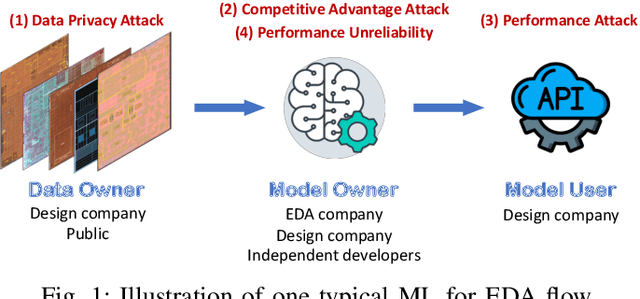
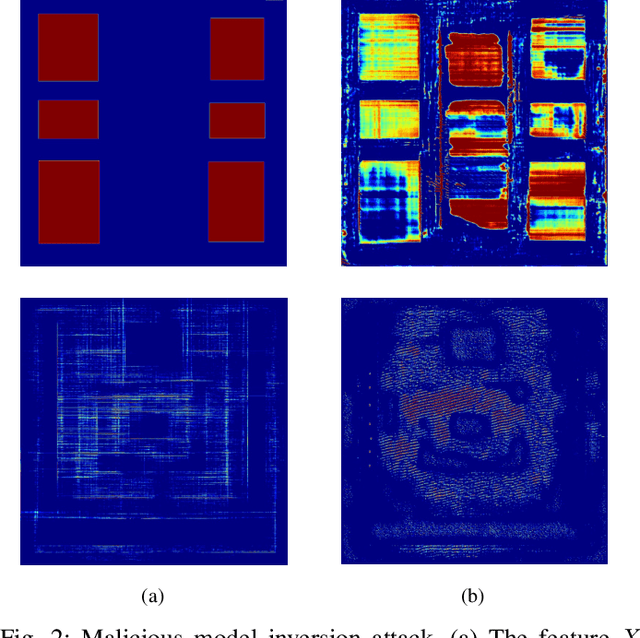


Abstract:The growing IC complexity has led to a compelling need for design efficiency improvement through new electronic design automation (EDA) methodologies. In recent years, many unprecedented efficient EDA methods have been enabled by machine learning (ML) techniques. While ML demonstrates its great potential in circuit design, however, the dark side about security problems, is seldomly discussed. This paper gives a comprehensive and impartial summary of all security concerns we have observed in ML for EDA. Many of them are hidden or neglected by practitioners in this field. In this paper, we first provide our taxonomy to define four major types of security concerns, then we analyze different application scenarios and special properties in ML for EDA. After that, we present our detailed analysis of each security concern with experiments.
 Add to Chrome
Add to Chrome Add to Firefox
Add to Firefox Add to Edge
Add to Edge